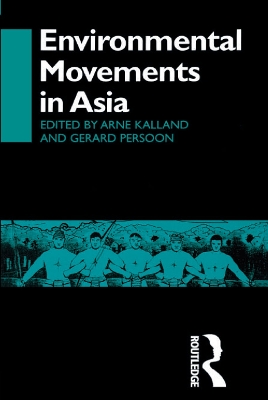NIAS Man and Nature in Asia
2 total works
This volume paints a general picture of the environmental situation in Asia, backing it up with several case studies.
Two major points are made in this general picture. The first is that environmental campaigns in Asia tend to have a local focus; they react to very concrete problems in the immediate neighbourhood and as such usually people are engaged in a cause for practical rather than idealistic reasons. Such can be seen in case studies from the volume dealing with campaigns against logging and tree plantations, tourist facilities and factories and in support or defence of nature reserves. This pattern is in marked contrast to the profile of the most successful Western movements (in terms of fund-raising at least) for whom the focus is on perceived problems in distant parts of the world.
The second point is evidence in several of the case studies in the volume, namely that environmental campaigns cannot be understood in terms of environmental issues alone. Rather, they should be regarded as a form of cultural critique and frequently are a form of political resistance in situations where open political action is too risky.

